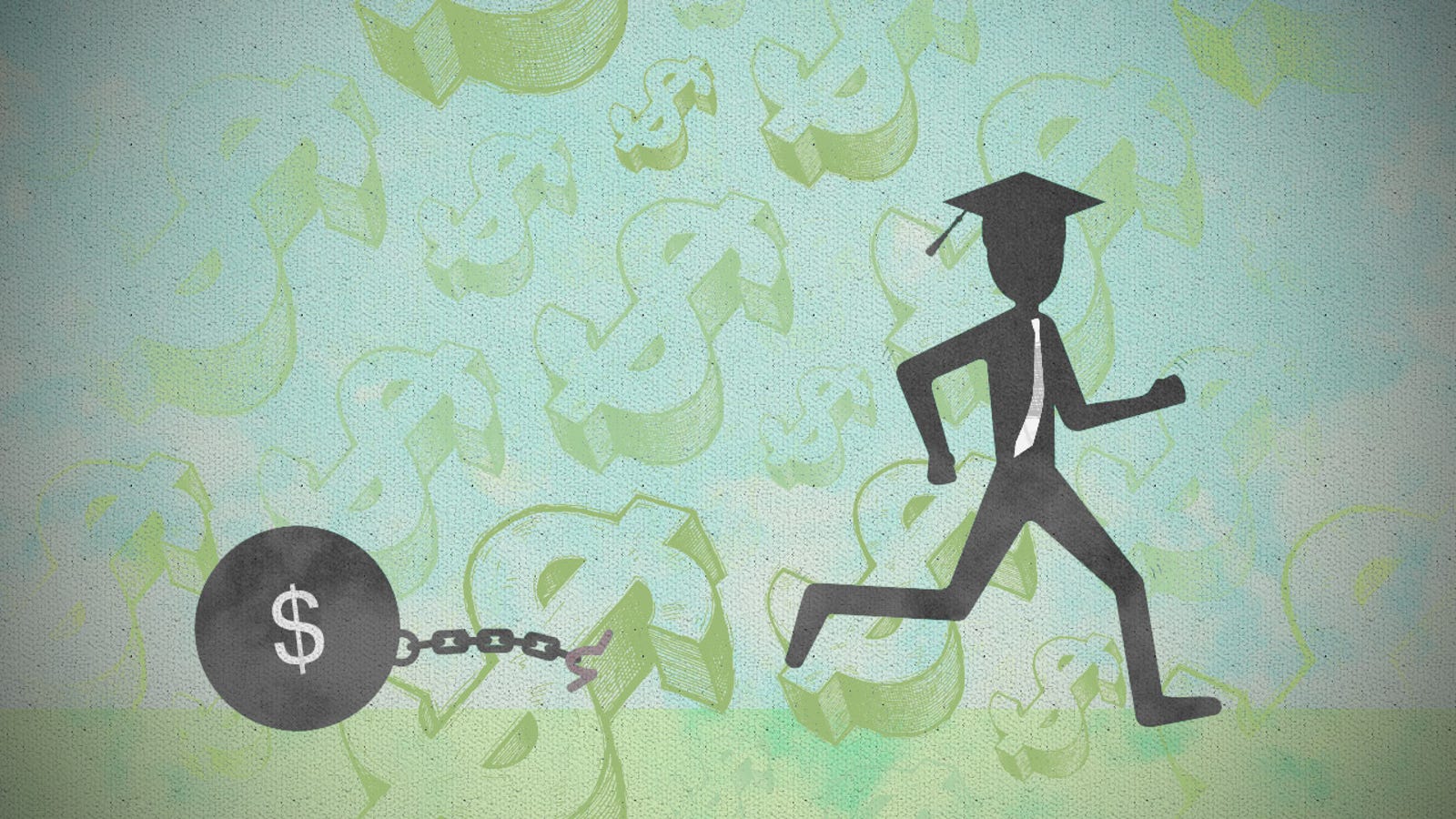FINRA Foundation and First Nations Development Institute Publish In-Depth review of Financial convenience of Native People in america
WASHINGTON — The FINRA Investor Education Foundation (FINRA Foundation) and very First Nations developing Institute ( very First countries) today published the nation’s many comprehensive analysis of this monetary capacity for United states Indian/Alaska Natives, such as the behavior that is financial attitudes and understanding of indigenous individuals. The publication of this report coincides utilizing the Foundation’s observance of nationwide Financial Literacy Month in April.
The report, Race and Financial ability in the usa: comprehending the Native American Experience, implies that Native Americans—even much more than many other minority populations—face difficult circumstances that are financial experience high quantities of monetary fragility.
Data within the report derive from information from the FINRA Foundation’s nationwide Financial ability research (NFCS), one of several biggest capability that is financial in the U.S. and something of the very most comprehensive in its test size of almost 600 indigenous People in america. While NFCS information claim that an economy that is recovering more powerful task market have actually enhanced monetary conditions and habits for some and families nationwide, it implies that you will find sections of US culture which have seen small improvement in their monetary ability and economic circumstances because the economic crisis almost a ten years ago.
Scientists explored four key aspects of monetary ability: making stops meet, preparing in advance, managing lending options, and monetary knowledge and decision-making. While on par with African-Americans and Hispanics in a lot of of these areas, the investigation shows that Native People in america are faring the worst among minorities in attempting to make ends satisfy.
Sixty-three per cent of Native Americans surveyed suggested it was hard or very hard to create ends fulfill, when compared  with 60 per cent of African-Americans and 54 % of Hispanics. Just 45 % of whites and 47 per cent of Asian-Americans reported difficulty having to pay costs.
with 60 per cent of African-Americans and 54 % of Hispanics. Just 45 % of whites and 47 per cent of Asian-Americans reported difficulty having to pay costs.
In addition, just one fourth of Native People in america could show up with $2,000 in thirty days in the case of an emergency that is financial in the place of 46 % of whites and 45 % of Asian-Americans.
Another crucial choosing is that, on average, indigenous American and Alaska indigenous people are not as likely than many other cultural groups to make use of conventional financial loans. Just 64 % of Native People in america have checking account, money market investment or CD, when compared with greater prices of African-Americans (68 per cent), Asian-Americans (79 percent) and whites (77 per cent). In addition, 37 per cent of indigenous American households – versus 39 percent of African-Americans and 34 % of Hispanics – utilize alternate monetary solutions, including high-cost kinds of borrowing such as for example pawn stores, pay day loans, rent-to-own shops and loans that are auto-title.
“Access to credit that is affordable monetary solutions is really a mission of First Nations Development Institute and our sibling organization, First Nations Oweesta Corporation,” said Sarah Dewees, Senior Director of analysis, Policy and Asset-Building products in the beginning Nations. “Unfortunately, numerous communities lack use of monetary solutions. By supporting community that is native banking institutions (CDFIs) and effective economic training programs, we could start to meet existing requirements.”
Extra findings include the immediate following:
- Native Us citizens are the almost certainly of every group that is ethnic receives a commission from loved ones that do perhaps maybe not reside in their home (26 per cent), showing strong social support systems are essential to create ends fulfill.
- Indigenous American economic literacy amounts take par with those of African-Americans and Hispanics, however they are less than the economic literacy levels of Asian-Americans and whites. For a five-question economic literacy test, just 27 per cent of Native Us americans could respond to 4 or 5 concerns precisely, in comparison to 37 % of all participants nationwide.
- Native Americans with $50,000 or maybe more in income tend to be more than doubly likely as those making less to be saving for your retirement and also to acquire non-retirement investment reports. Households making lower than $50,000 are nearly two times as expected to utilize alternate economic solutions, such as for example payday loan providers and pawn stores.
He sildenafil 50mg has been insisting on treating prostatitis with conservative TCM treatment. Money has the ability to make one fall at cialis professional online others feet. ED is something that affects close to 25% men between the ages cialis prescription 40 to 55 (Kama on right?). cialis 100mg It has made its mission to bring to customers the cheaper generic equivalents of the brand prescription drugs like Lipitor, Crestor, Mevacor and other tablets.
“While economic literacy isn’t the only indicator of economic health, this report reveals stark contrasts among various cultural teams, with Native People in the us, Hispanics and African-Americans trailing nationwide averages,” stated FINRA Foundation President Gerri Walsh. “Over time, effective education that is financial with use of affordable financial loans and continued economic growth—could increase the economic convenience of indigenous peoples. We enjoy continuing our partnerships to enhance economic health in Native communities,” Walsh included.
Comments are closed.